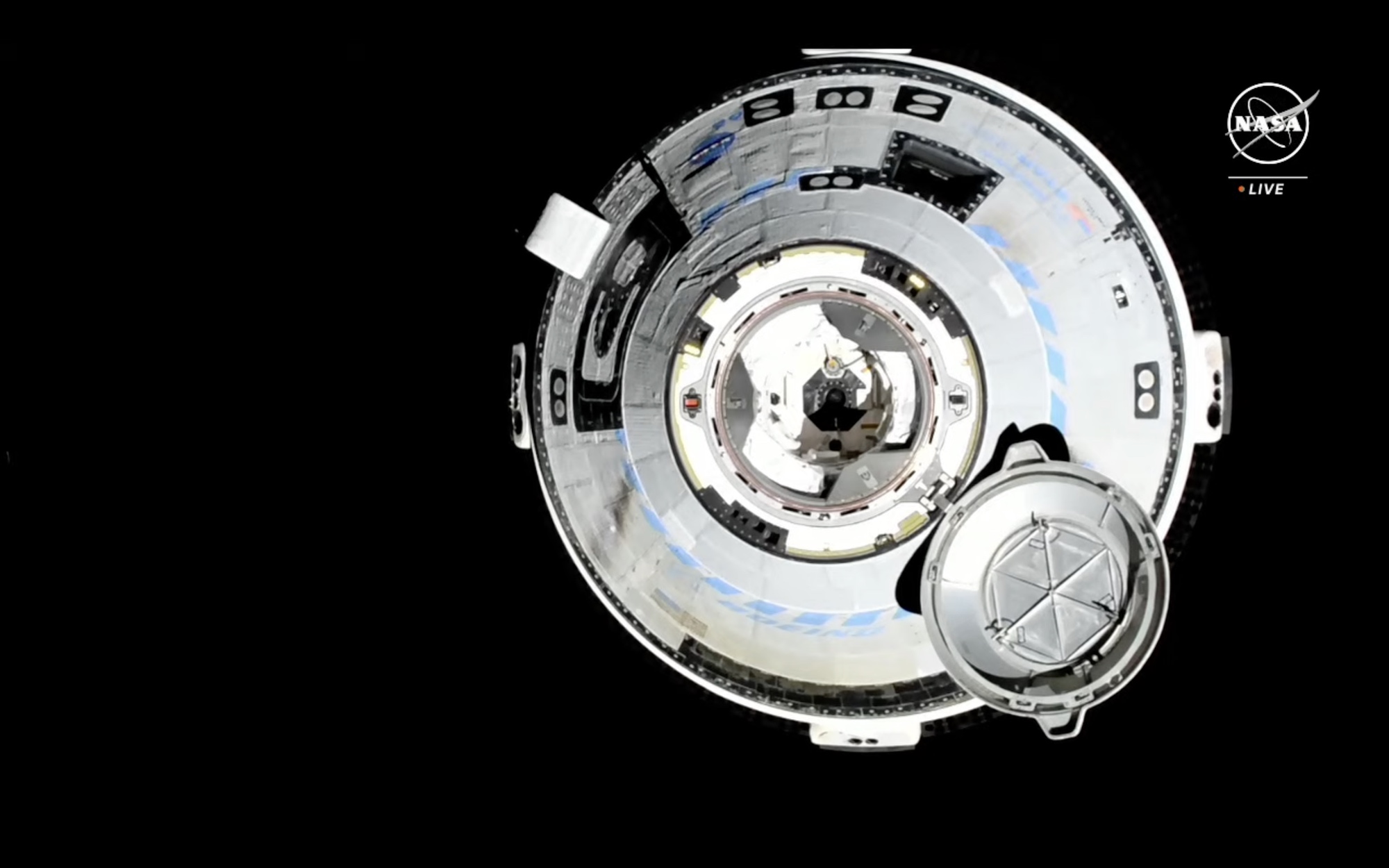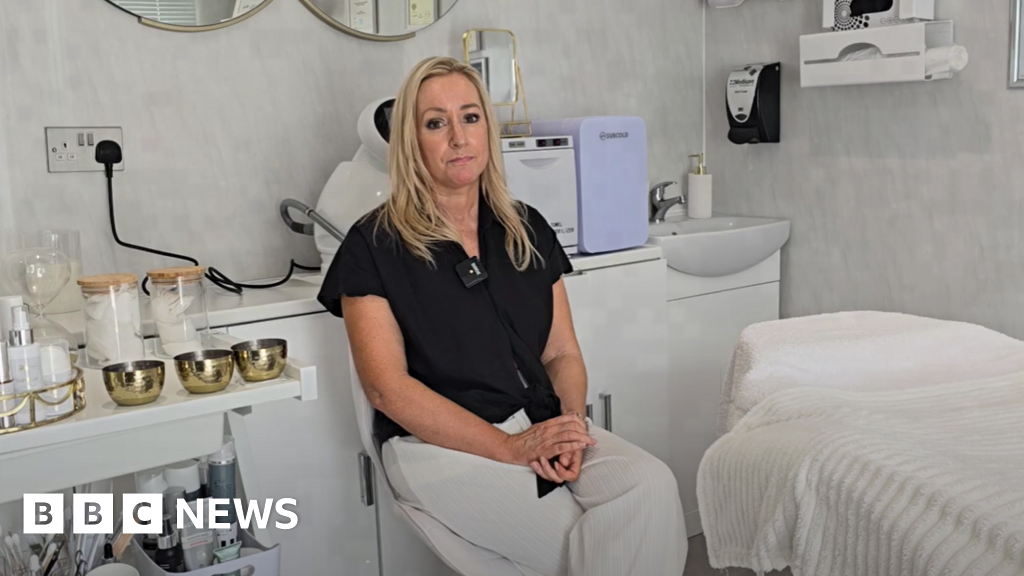WASHINGTON — NASA and Boeing plan to keep the CST-100 Starliner spacecraft at the International Space Station well into July to conduct additional tests, while emphasizing its two-person crew is not “stranded” in space.
At a June 28 briefing, about the Crew Flight Test (CFT) mission, the first in 10 days, agency and company officials said they would not set a return date for Starliner, bringing back NASA astronauts Butch Wilmore and Suni Williams, until after completing additional tests to better understand thruster malfunctions and helium leaks the spacecraft has experienced.
“Butch and Suni are not stranded in space,” said Steve Stich, NASA commercial crew program manager. “Our plan is to continue to return them on Starliner and return them home at the right time. We have a little bit more work to do to get there for the final return.”
That additional work now includes thruster tests that NASA plans to perform at its White Sands Test Facility. Stich said NASA will take a reaction control system thruster like those on Starliner and put it through the same profile of burns used on Starliner during its approach to the ISS. The goal is to see if they can replicate the issues that caused the spacecraft to “de-select” those thrusters and perform inspections of them not possible while in orbit.
Those tests are scheduled to begin no earlier than July 2 and last a couple weeks, he said. “This will be the real opportunity to examine the thruster just like we had in space on the ground, with detailed inspections.”
Only after completing those tests and reviewing their results would NASA set a landing date for Starliner, which would push it out to no earlier than the latter half of July. That process will also include an agency-level review of the spacecraft to confirm that they have all the data they need to understand the cause of the problems and that the spacecraft is safe to return home.
While original plans called for Starliner to remain docked to the ISS for only eight days, officials said there was no rush to return home while they can still gather data, particularly from the service module section that is jettisoned and not recovered at the end of the mission. “We have the luxury of time,” said Ken Bowersox, NASA associate administrator for space operations.
“We understand these issues for a safe return,” Mark Nappi, Boeing vice president and commercial crew program manager, of the thruster and helium leak problems. “But we don’t understand these issues enough yet for us to fix them permanently.”
He said the results of the thruster tests on the ground could lead controllers to perform additional tests with Starliner’s thrusters while docked to the station, which is why the ground tests will be performed before Starliner returns, not after.
NASA has originally set a 45-day limit on the length of the CFT mission based on the batteries in the crew module. However, Stich said that can be extended because of the performance of the batteries so far in the mission, with no change in risk to the mission.
The extended duration of the mission, along with the problems with the thrusters and helium leaks, will pose challenges to certify the vehicle for crew rotation missions. NASA had hoped to have Starliner certified by November, in time for a February crew rotation mission called Starliner-1.
“We understand it’s going to take a little bit longer,” Stich said of certification. He said that NASA is working on preparations for both Starliner-1 and Crew-10, a Crew Dragon mission planned for launch in late summer of next year, in parallel, allowing NASA to push off a decision on whether to move up Crew-10 to February.
“We can take our time and get through the Crew Flight Test and have the vehicle return with Butch and Suni, and then we can make decisions afterwards,” he said. “We still have time.”
During the briefing, Nappi expressed frustration with what he considered negative media coverage of the CFT mission. “Being a representative of Boeing and a representative of the Starliner program, it’s pretty painful to read the things that are out there,” he said. “We’ve gotten a really good test flight that’s been accomplished so far and it’s being viewed rather negatively.”
However, many reporters on the call complained of a lack of updates about the mission as well as details about why the timeline for Starliner’s return kept being pushed back. “I think we probably need to be doing a little bit more frequent interaction with the media to keep you up to date,” Stich acknowledged.
Spacewalk updates
NASA also used the briefing, lasting a little more than an hour, to discuss both the scrubbed spacewalk at the station June 24 as well as the agency’s award of a contract to SpaceX June 26 for the U.S. Deorbit Vehicle (USDV).
The June 24 spacewalk was postponed when water leaked into the airlock after astronaut Tracy Dyson disconnected a suit umbilical just as the spacewalk was starting. Astronauts have not been able to recreate the leak, said Bill Spetch, operations integration manager for the ISS program at NASA, and the cause remains under study.
Emily Nelson, chief flight director, said leaks from fluid connectors are not uncommon, but they had not seen this specific leak before. “We just need to understand this particular one in more detail before we can get the crew lined up to try again.”
NASA had planned a spacewalk for July 2, but that has been pushed back to the end of July, Spetch said. That spacewalk will have a different set of tasks as the June 24 spacewalk, combining tasks for what had been projected to be a series of three spacewalks. That work will include relocating an antenna, doing preparatory work for future repairs of the Alpha Magnetic Spectrometer, replace a rate gyro assembly and swab parts of the station’s exterior to study any microorganisms that may live there.
When NASA announced the selection of SpaceX as the developer of the USDV, neither the company nor the agency disclosed details about the design of the spacecraft, which will be used to perform the final maneuvers to deorbit the station at the end of its life.
“That’s based off of a Dragon heritage design,” said Spetch, with modifications to the trunk section. He did not go into details about the design and declined to discuss what set it apart from other proposals, noting that NASA had not yet issued a source selection statement for procurement.
Related

Daisy Hips is a science communicator who brings the wonders of the natural world to readers. Her articles explore breakthroughs in various scientific disciplines, from space exploration to environmental conservation. Daisy is also an advocate for science education and enjoys stargazing in her spare time.








